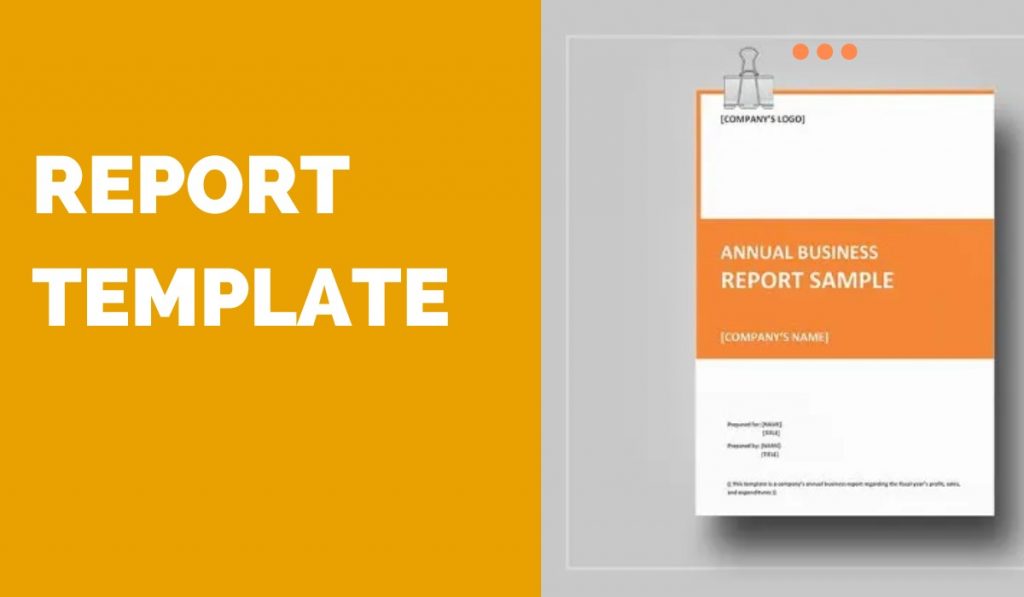Report Template Word can be a tedious and time-consuming process, but they’re an essential part of any organization. They provide crucial information about your company and its performance, and they can help you make informed decisions about where to invest your resources. To make your reports the best they can be, you need to have a well-crafted template. In this blog post, we will walk you through the steps necessary to create the best report template word possible. Report Template Word
What To Include In A Report Template Word
When you are creating a report template, it is important to make sure that the information is presented in an organized and concise manner. Many different elements can be included in a report template, so it is useful to think about what will be most useful for your specific needs.
One of the first things to consider is the target audience. What data do they need to see to make informed decisions? If you are creating a report for management, you may want to include a more detailed analysis than if you are creating a report for a team of analysts. In general, it is helpful to break down your report into sections based on who will be reading it:
- Executive Summary: This section provides an overview of the overall findings and provides key recommendations for further action.
- Executive Summary Charting Data: This section provides charts and graphs that illustrate key data points.
- Charts and Graphs Tables & Figures: This section includes tables and figures that summarize data from the other sections of the report.
- Tables & Figures Summary Tables: This section summarizes data from charts and graphs in a table format.
- Summary Tables Detailed Tables: This section includes more detailed tables with important information for each row or column.

Why Is Report Template Word Important For You?
If you want to produce high-quality reports, using a template word is essential. Not only does it make the process easier, but your reports will also be of better quality. In this article, we’ll discuss why it’s important to use a template word and offer some tips on how to create the perfect report.
A Template Word Can Help You Produce Quality Reports
When you use a template word, you’re ensuring that your reports are high quality. The templates come with pre-designed formats and layouts, which makes formatting and creating your report much easier. This means that you won’t have to spend time customizing the content or layout all of which can take up valuable time. Plus, using a template word will also help you stay consistent with your reporting style.
Create A Custom Report With A Template Word
There are many different template words available on the market today. It’s important to find one that suits your specific reporting needs and style. Some of the most popular template words include Microsoft Word and Adobe Acrobat Pro. It’s also worth considering other software options, such as Google Sheets and QuarkXPress. However, whichever software you choose, make sure to check out the available templates before starting work.
Once you’ve selected a template word, it’s time to start creating your reports. To get started, simply open the software and navigate to the Reports section of your file system or desktop. From here, select a report
How To Download Report Template Word
If you are looking for a way to create a best-practice report template that is adaptable and responsive to the needs of your organization, look no further. The following steps will help you create a template that is customized for your specific needs.
- Download the free report template from Microsoft’s Office website.
- Open the downloaded file in Word 2013 or later.
- In the “New” dialog box, click on the “Report” tab, and then click on the “Create a new report” button.
- Select the type of report you want to create from the list of available options: Summary, Budget, Status Report, or Recommendation Letter (see Figure A).
- Enter your desired title in the “Title” text box and then choose one of the available layout templates in the lower left corner (see Figure B).
- Click on the blue save button at the bottom of the window to save your custom report template (see Figure C).







